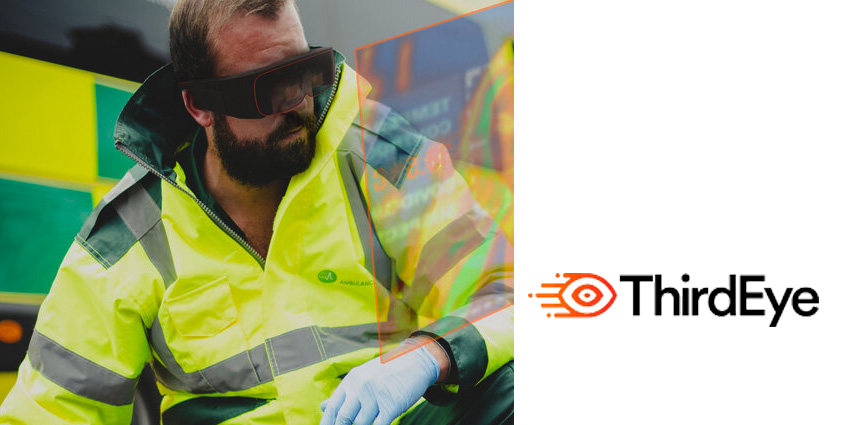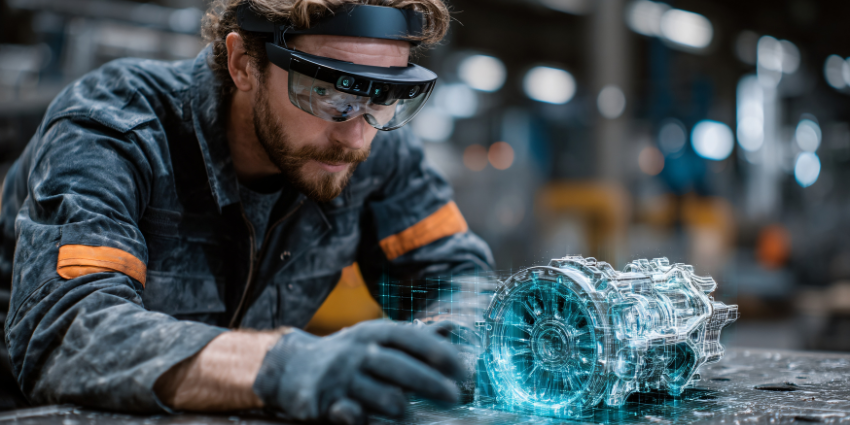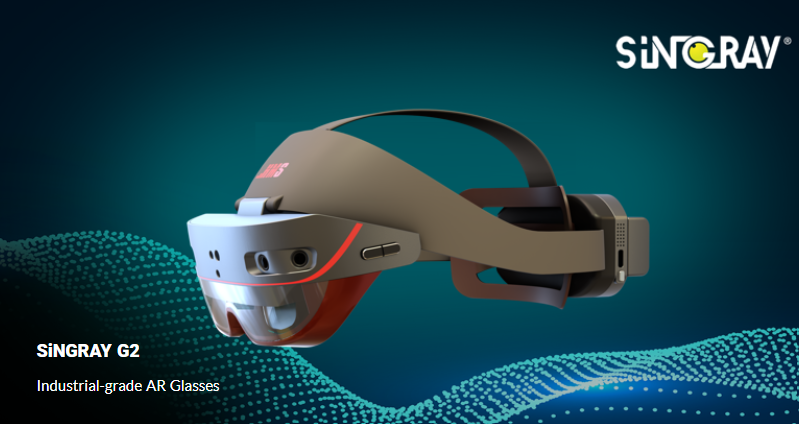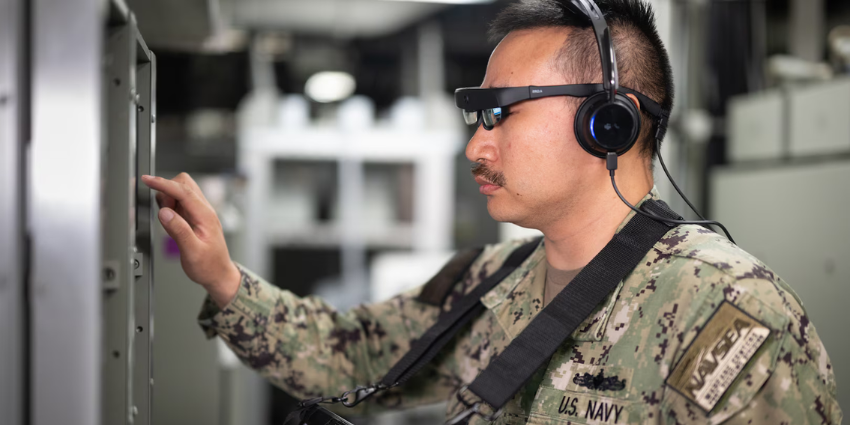While 2020 turned out to be a disastrous year on many fronts, it’s done wonderful things for the extended reality marketplace. According to Market Research Future, the global extended reality (XR) marketplace is expected to reach around USD 393 BN by 2025, proving the technology will play a huge role in the future of business.
Although most of us are already familiar with XR in the consumer space, the growing number of use cases for virtual, augmented, and mixed reality solutions in the enterprise shows us that things are changing in a big way. According to ThirdEye CEO, Nick Cherukuri, there is already a huge demand for XR technologies in B2B, particularly in healthcare and field-service.
Zoom on Steroids
ThirdEye, a company that develops powerful yet affordable mixed reality solutions, has been helping a wide variety of organizations – everything from Telehealth operators and industrial companies to airline providers and automotive engineers – continue to deliver world-class service throughout the pandemic.
“Think of ThirdEye as like a Zoom on steroids, where you have software features for video conferencing and one-on-one calls with augmented and mixed reality components added on top”
While COVID-19 continues to wreak havoc on the enterprise, limiting employee movements and disrupting productivity on multiple levels, tools like ThirdEye are providing an essential service that keeps the cogs turning. With these headsets, experts can view live POV feeds of field workers and train or instruct them on how to complete complicated tasks by proxy.
Likewise, other companies have been using the headsets to improve the skills and effectiveness of emergency first-responders on the frontline. Ambulance drivers, for example, can receive step-by-step instructions from specialists on how to treat patients and keep them safe from the very first point of interaction.
In truth, the number of use cases for extended reality in the B2B space is endless. Any organization with a distributed workforce will always have a strong ROI for AR, and we’re still only standing at the bottom of the mountain.
What makes ThirdEye different?
According to Nick, one of the biggest differentiators that sets ThirdEye apart from the competition is that it doesn’t just provide mixed reality smart glasses. While it’s common for developers in this space to provide either hardware or software, ThirdEye develops both, along with a plethora of accessories that enhance the user experience even further.
Another advantage ThirdEye offer, when you look at other mixed reality headsets like MagicLeap 1 and HoloLens 2, is a significantly lower price tag. While market leaders in this space charge around $2000-3000 per headset, affordable MR solutions like those offered by ThirdEye could indicate a changing of the tide in the MR for enterprise space.
Rather than simply helping improve the performance of corporations and big businesses at the enterprise level, affordable MR technology will allow small businesses to start benefitting from it too.
The Future of MR & AR in Business
As the marketplace continues to evolve, the value of AR and MR in the enterprise is becoming more and more apparent.
“I definitely think over the next five years or so every company, especially any company with a distributed workforce, will be utilizing AR in some capacity.”
While some industries like industrial manufacturing, field service, and healthcare are already investing heavily in MR and AR, Nick tells us this is only the beginning, and we can expect this trend to spread across all industries in the future.
Along with a rapid ROI, these tools are changing the way businesses operate for the better. Employees are smarter, happier, and safer than they’ve ever been before in the workplace, and as the technology continues to evolve that level of satisfaction and security is only going to keep on increasing.








